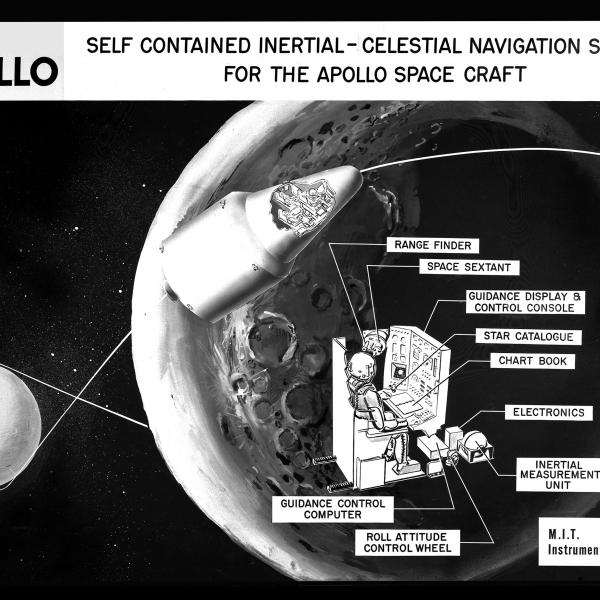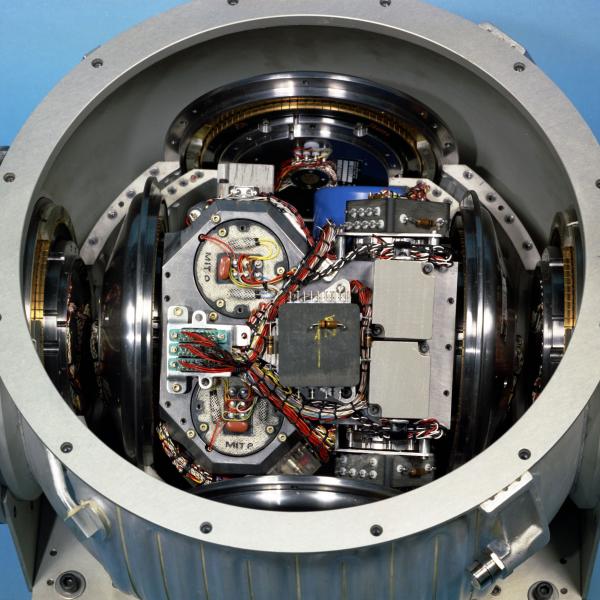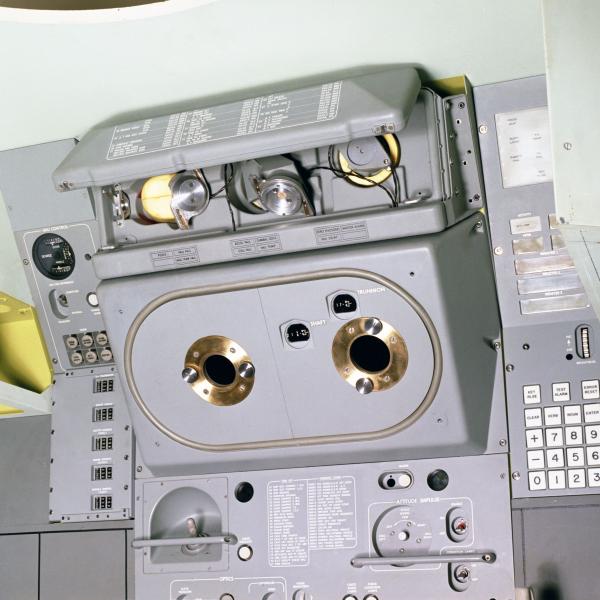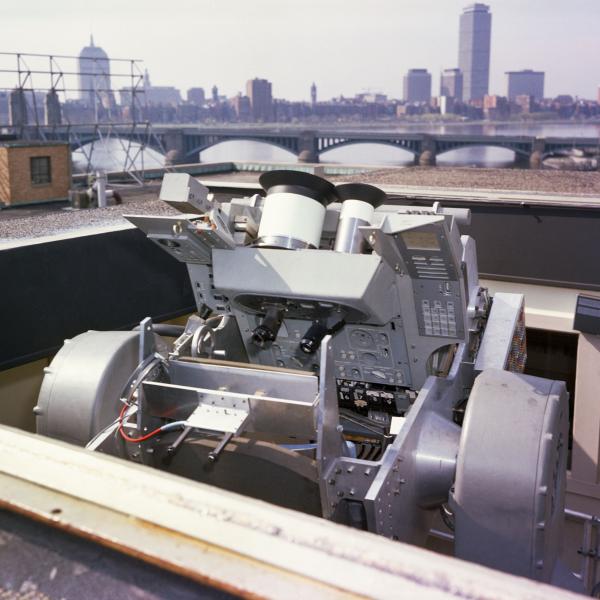
David Hoag
Dave Hoag graduated from MIT in with a bachelor's degree in 1946 and a master's degree in Instrumentation in 1950. He joined the MIT Instrumentation Lab and worked on Navy anti-aircraft fire control systems and the Polaris Missile prior to the Apollo missions. Hoag was Technical Director on Polaris and transferred to the same position on the Apollo program in 1961.
After five years of working on the Apollo Primary Guidance, Navigation, and Control System, Hoag was promoted to Director of the Apollo Program in 1966. As part of the program, most of the focus was on the gyroscopic units, which had to be carefully constructed and failsafe so the astronaut crew would not be endangered if one drifted and to keep the gimbals from freezing and locking up. Things were tweaked and re-tested as the program continued so that the guidance system would handle the load for the moon landing in 1969. Hoag oversaw this all, ensuring the work was completed to specification. When NASA asked the lab to take on the additional work of creating a digital flight control system, it was Hoag who said: “Alright, we can do it.”
1972, he was awarded with the American Institution of Aeronautics and Astronautics’ Transportation Award along with Dick Battin. When the Lab was renamed to Draper Lab, Hoag became the Head of the Advanced Systems Department, where he focused on precision pointing and tracking as well as surveillance systems that would orbit in space. He worked on both NASA and Army programs through Draper and remained at the lab as a consultant until 2005.



